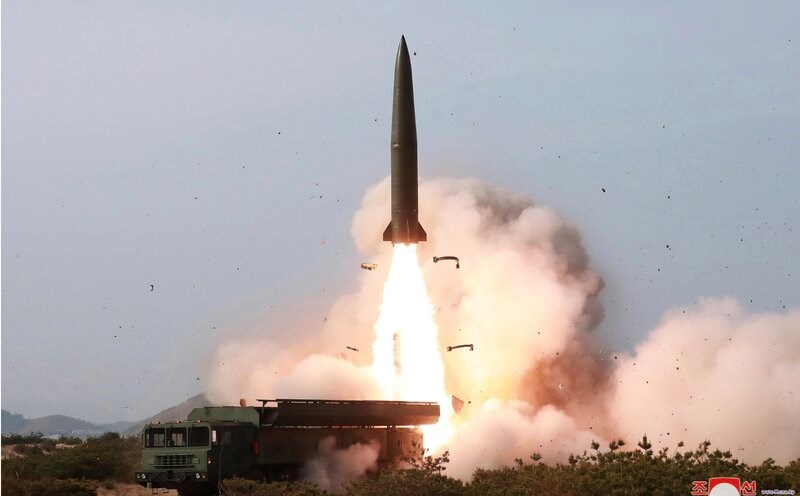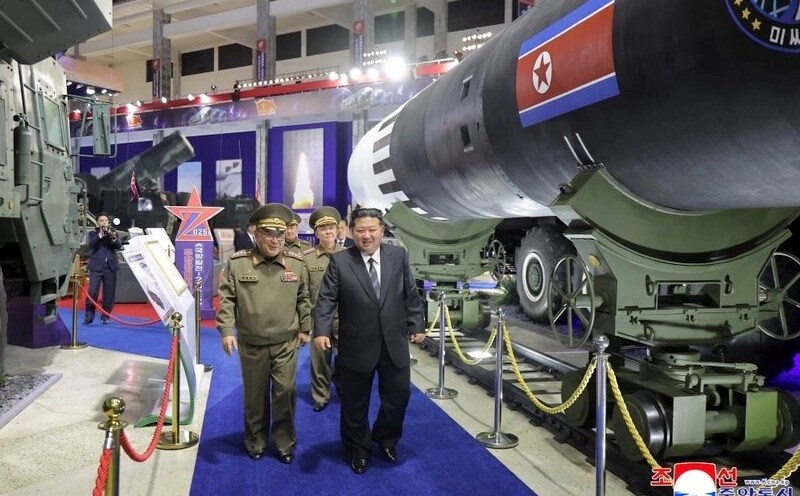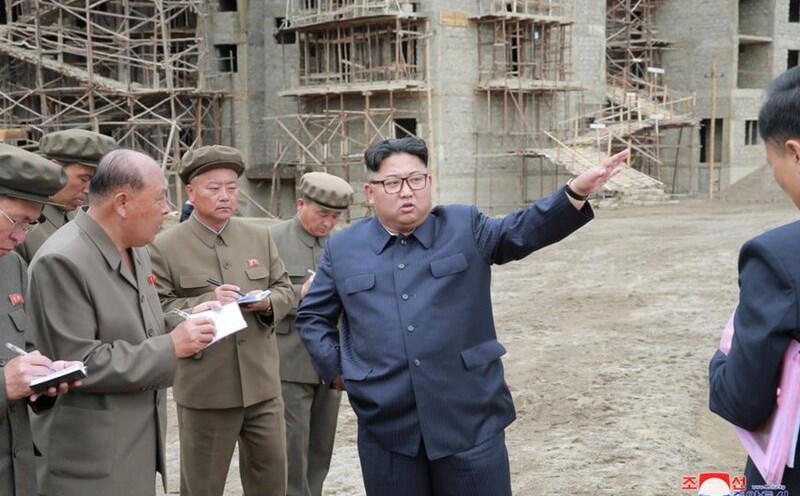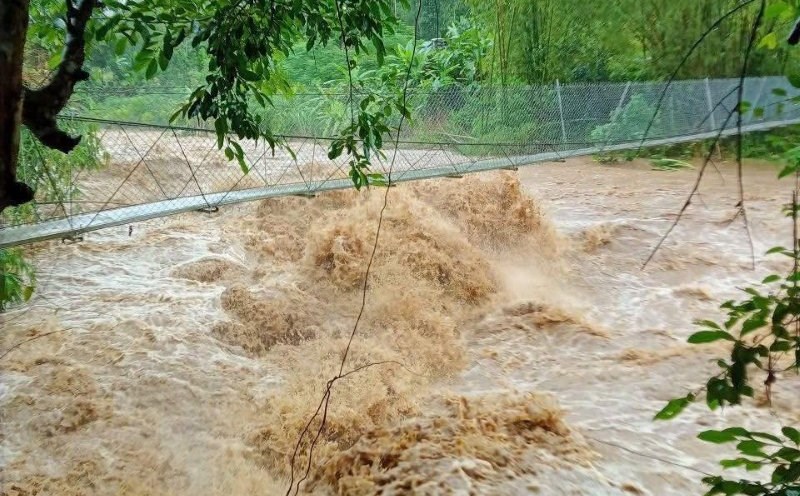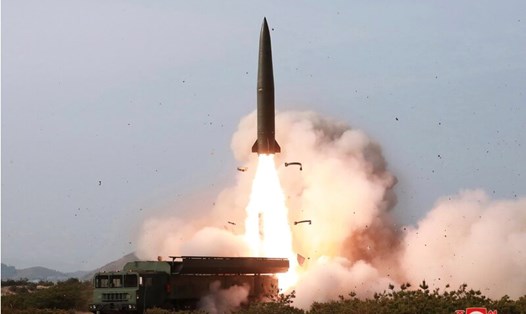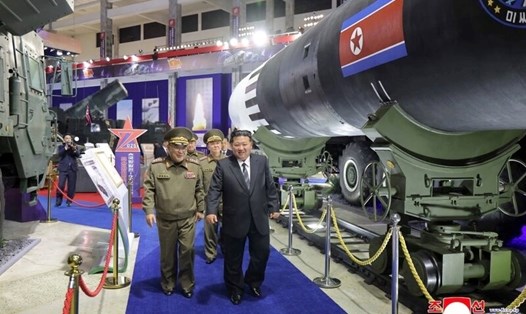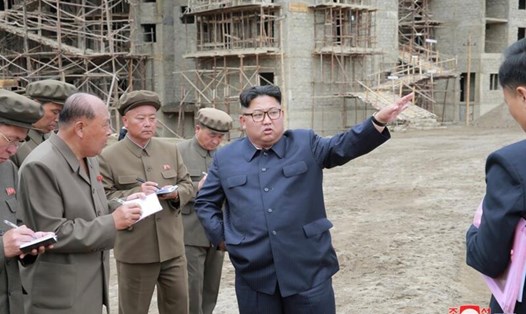On October 23, North Korean state news agency KCNA reported that the country had successfully tested a new advanced weapons system related to a hypersonic missile on October 22. The test is being described as part of the country's defense program to enhance its strategic deterrence capabilities.
According to KCNA, two hypersonic missiles were launched from an area near the capital Pyongyang and hit a mainland target in the northeast of the country.
Supersonic weapons are weapons capable of moving at extremely high speeds, at least 5 times the speed of sound. What makes them especially dangerous is not only their speed, but also their complex mobility throughout the flight journey.
Unlike traditional ballistic missiles that fly in a predictable parabol orbit, hypersonic missiles can suddenly change direction, flying at lower altitudes, making it extremely difficult for them to be detected and intercepted by current missile defense systems.
North Korea has invested heavily in developing hypersonic missile technology in recent years, considering it a top priority in its military modernization program. The country has conducted many tests of different types of missiles that are believed to be capable of super-acoustic.
The latest test took place just a week before Asia-Pacific leaders met at the APEC summit, an event expected to be attended by US President Donald Trump and Chinese President Xi Jinping.
The South Korean military has previously said it has detected North Korea launching many objects suspected to be short-range ballistic missiles. The launch, along with a new weapons test announcement, comes ahead of important diplomatic events.
For its part, the US Air Force in South Korea (USFK) said it was comprehensively aware of North Korean missile launches. In a statement, USFK stated the US stance: The US condemned actions considered illegal and unstable, and called on North Korea to curb actions that could violate international sanctions.

